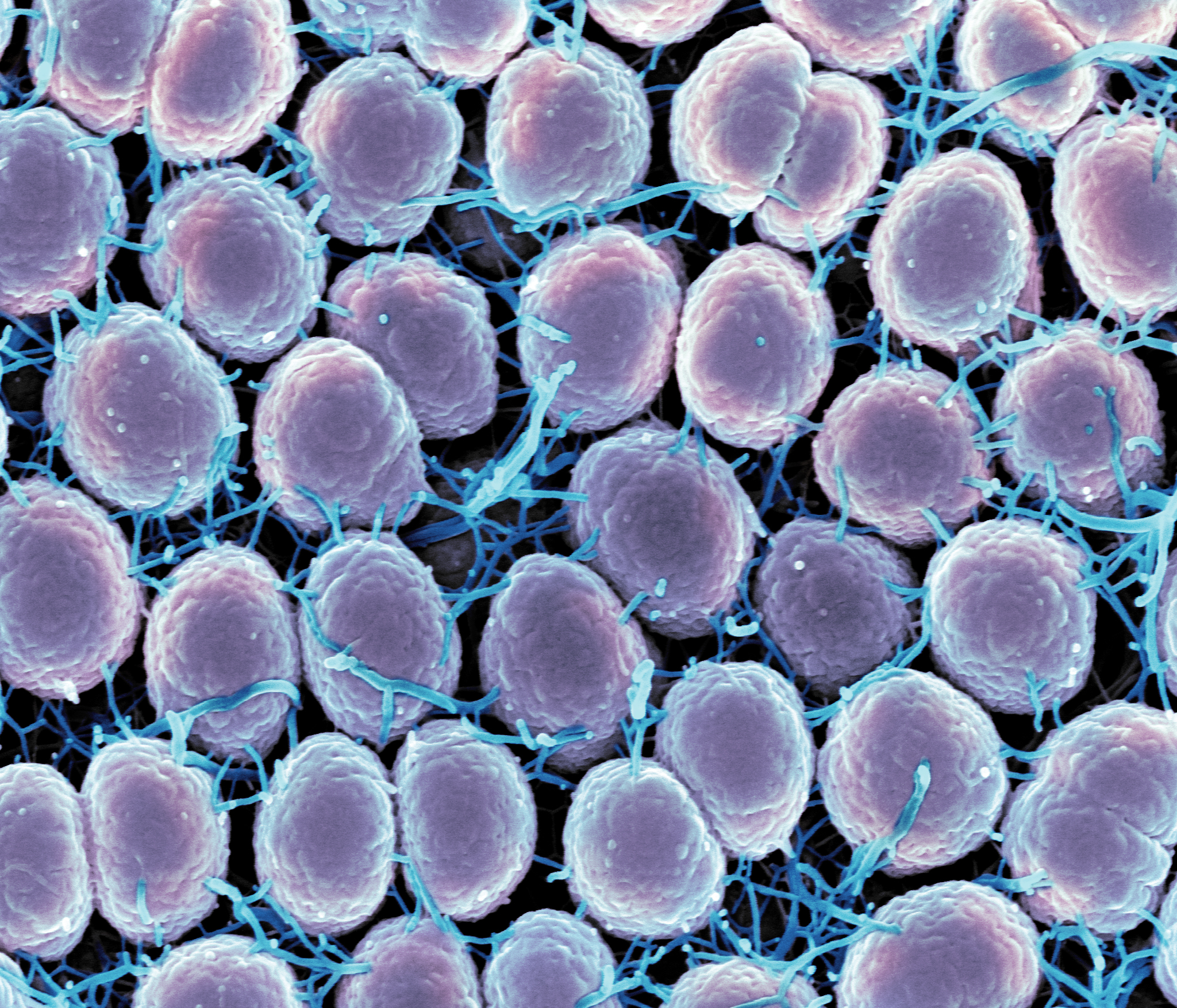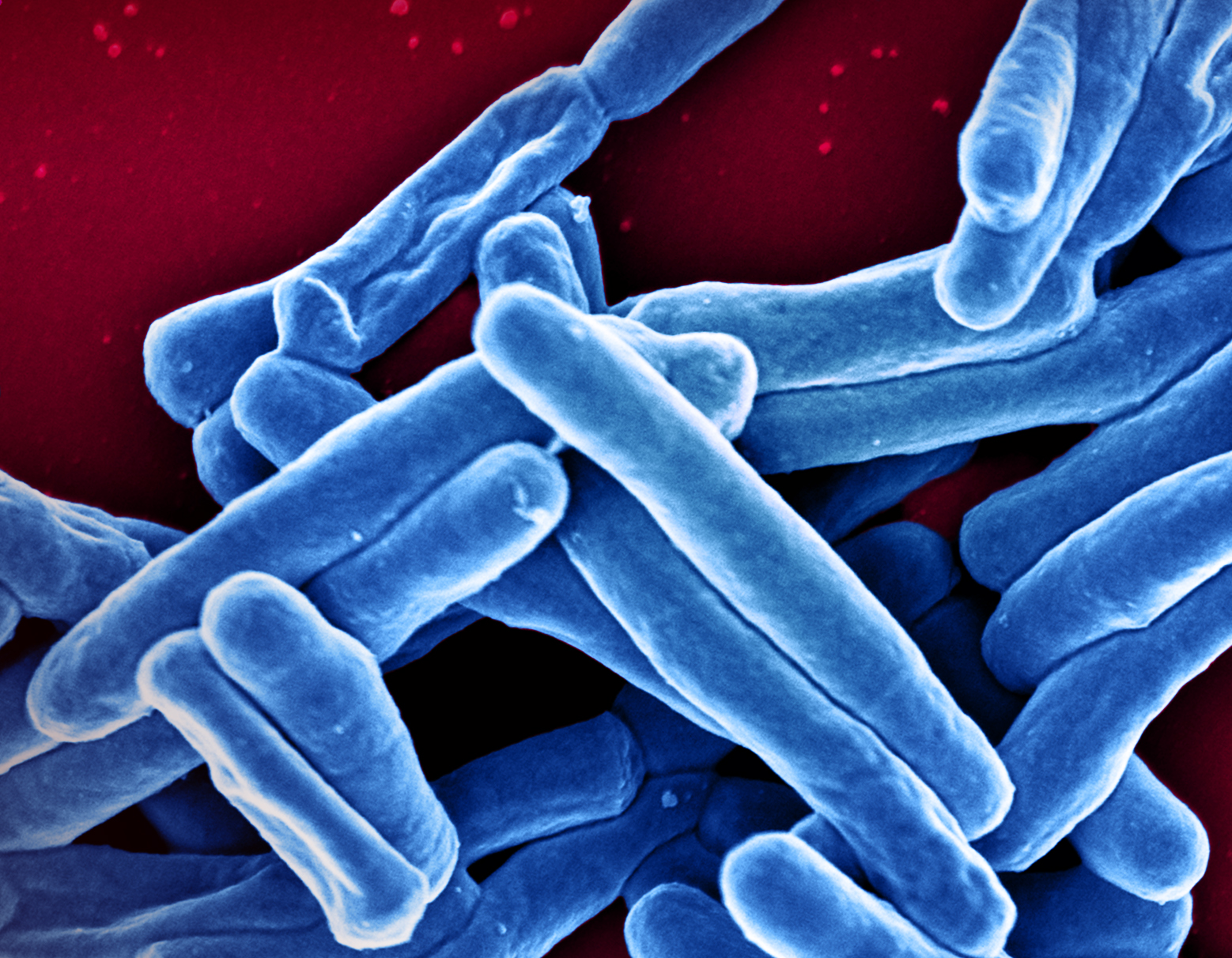HIV/AIDS
Of the approximately 33 million people worldwide infected with HIV, more than half are women. In sub-Saharan Africa, women account for a striking 60 percent of HIV cases. The World Health Organization reported in 2009 that HIV/AIDS is the leading cause of death globally among women of reproductive age. The Centers for Disease Control and Prevention (CDC) reports that women accounted for 25 percent of all HIV cases in the United States in 2006.
Biologically, women are more vulnerable than men to HIV infection from heterosexual intercourse because of their substantial mucosal exposure to seminal fluids. Women's risk is increased by other factors, such as non-consensual sex, sex without condoms, and the unknown or high-risk behaviors of their partners—all of which, in many parts of the world, are out of a woman’s control.
Once infected with HIV, women can face obstacles in seeking and getting treatment. Frequently, they have difficulty accessing health care. They often lack social support and face other challenges that may impede their ability to stick to treatment, such as caring for children or other family members stricken with HIV/AIDS. If they do follow through with treatment, studies have shown that women differ from men in the way they metabolize drugs, which could result in unexpected responses to antiretroviral therapy and an increase in adverse reactions to the drugs.
Women also suffer sex-specific consequences of HIV, including recurrent vaginal yeast infections, pelvic inflammatory disease (PID), genital ulcer disease, severe herpes infections, abnormalities related to infection with human papillomavirus (HPV), and vulvar and vaginal carcinomas.
Sexually Transmitted Diseases (STDs)
STDs, such as HPV, trichomoniasis, genital herpes, and chlamydia, disproportionately affect women and infants globally and can increase the risk of HIV infection. CDC reported in 2009 that about 19 million new STDs occur in the United States each year at a cost of nearly $16.4 billion, with a particular burden of diseases on women.
In addition to being at higher risk than men of transmitting some STDs, women face particular health challenges as a result of contracting an STD. Women face infertility, cancer, and chronic conditions like PID, especially when STDs go untreated. They also risk passing on the infection during pregnancy or breastfeeding.
Autoimmune Diseases
Autoimmune diseases are a group of more than 80 chronic and often disabling illnesses that develop when underlying defects in the immune system lead the body to attack its own organs, tissues, and cells. They affect approximately 8 percent of the U.S. population, but nearly 80 percent of those affected are women. They are among the leading causes of death for young and middle-aged women.
- Multiple sclerosis (MS), which causes varying degrees of neurological impairment, affects about 250,000 to 350,000 people in the United States and almost twice as many women as men. Although the cause of MS is unknown, research increasingly suggests that genetics may play a role in determining a person's susceptibility. Some symptoms of MS are treatable, but there is no cure for the disease.
- Lupus is a chronic inflammatory autoimmune disease that can affect the joints, skin, kidneys, blood cells, heart, and lungs. It affects approximately 1.5 million people in the United States, 90 percent of whom are women. Lupus is more common in black, Hispanic, Native American, and Asian women than in white women.
- Rheumatoid arthritis (RA), an inflammatory disease that causes pain, swelling, stiffness, and loss of function in the joints, occurs when the immune system attacks the membrane lining joints. RA affects about 1.3 million people in the United States and about twice as many women as men.
- Scleroderma leads to the overproduction of collagen in the skin, tissues beneath the skin, blood vessels, and major organs. Excess collagen forms thick connective tissue that can interfere with the function of affected organs. Approximately 40,000 to 165,000 people in the United States have scleroderma, more often women than men.
Scientific Advances
Biomedical STI Prevention Evidence Is Inadequate for Cisgender Women
December 20, 2023Pivotal studies of some biomedical HIV and sexually transmitted infection (STI) prevention interventions have excluded cisgender women or demonstrated low efficacy among them, limiting their prevention options relative to other populations who experience high HIV and STI incidence. Findings show doxycycline postexposure prophylaxis (better known as DoxyPEP) did not prevent STI acquisition in…

NIH Clinical Trial of Tuberculous Meningitis Drug Regimen Begins
December 7, 2023A trial of a new drug regimen to treat tuberculous meningitis (TBM) has started enrolling adults and adolescents in several countries where tuberculosis (TB) is prevalent. The trial will include 330 participants aged 15 years and older who have or are likely to have TBM based on signs and symptoms, including people living with and without HIV. Because pregnant women are eligible to enroll in this…


